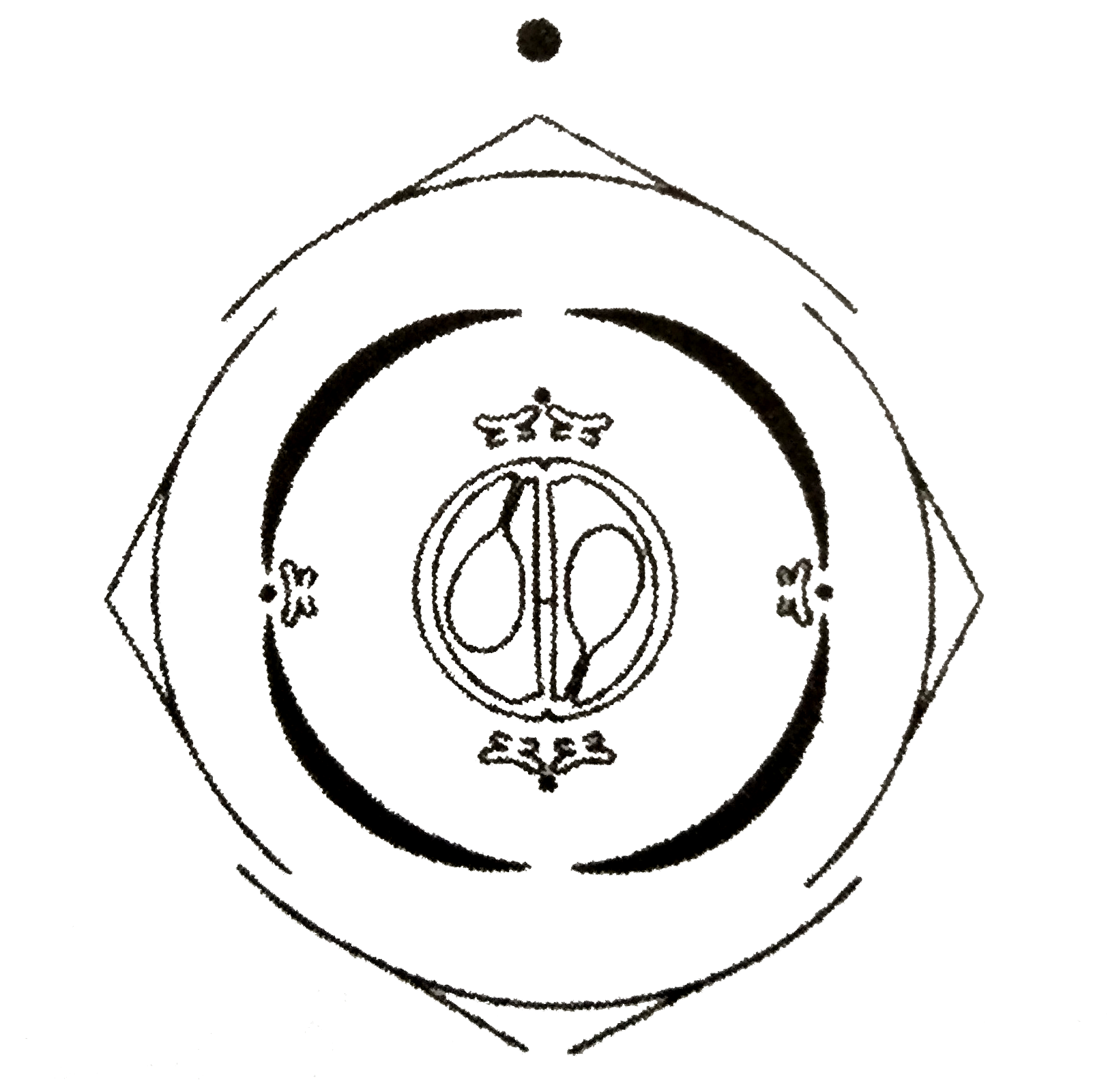Which of the following does not characterise X-rays?
(a) The radiation can ionise the gas
(b) It causes fluorescence effect on Zns
(c) It is deflected by electric and magnetic fields
(d) Its wavelength is shorter than ultraviolet rays
The correct Answer is:C
To solve the question "Which of the following does not characterize X-rays?", we need to evaluate each of the provided statements regarding X-rays.
1. Evaluate Statement 1: "The radiation can ionize the gas."
- X-rays are high-energy electromagnetic radiation that can indeed ionize gases. This occurs because the photons in X-rays have enough energy to remove electrons from atoms, leading to ionization.
- Conclusion: This statement is correct.
2. Evaluate Statement 2: "It causes fluorescence effect on ZnS."
- X-rays can cause certain materials, such as zinc sulfide (ZnS), to fluoresce. This is due to the energy from the X-rays exciting the electrons in the ZnS, causing them to emit light.
- Conclusion: This statement is correct.
3. Evaluate Statement 3: "It is deflected by electric and magnetic fields."
- X-rays are neutral particles and do not carry any charge. Because of this neutrality, they are not affected by electric or magnetic fields and therefore cannot be deflected by them.
- Conclusion: This statement is incorrect.
4. Evaluate Statement 4: "Its wavelength is shorter than UV rays."
- The wavelength of X-rays is indeed shorter than that of ultraviolet (UV) rays. X-rays typically have wavelengths in the range of 0.01 to 10 nanometers, while UV rays have wavelengths from about 10 to 400 nanometers.
- Conclusion: This statement is correct.
Final Answer:
The statement that does not characterize X-rays is: "It is deflected by electric and magnetic fields." (Statement 3)
---
- X-rays are high-energy electromagnetic radiation that can indeed ionize gases. This occurs because the photons in X-rays have enough energy to remove electrons from atoms, leading to ionization.
- Conclusion: This statement is correct.
- X-rays can cause certain materials, such as zinc sulfide (ZnS), to fluoresce. This is due to the energy from the X-rays exciting the electrons in the ZnS, causing them to emit light.
- Conclusion: This statement is correct.
- X-rays are neutral particles and do not carry any charge. Because of this neutrality, they are not affected by electric or magnetic fields and therefore cannot be deflected by them.
- Conclusion: This statement is incorrect.
- The wavelength of X-rays is indeed shorter than that of ultraviolet (UV) rays. X-rays typically have wavelengths in the range of 0.01 to 10 nanometers, while UV rays have wavelengths from about 10 to 400 nanometers.
- Conclusion: This statement is correct.
The statement that does not characterize X-rays is: "It is deflected by electric and magnetic fields." (Statement 3)
Topper's Solved these Questions
- ATOMIC STUCTUREBOOK - NARENDRA AWASTHI ENGLISHCHAPTER - ATOMIC STUCTUREEXERCISE - level 2
30 Videos
- ATOMIC STUCTUREBOOK - NARENDRA AWASTHI ENGLISHCHAPTER - ATOMIC STUCTUREEXERCISE - Level 3 (Passage 1)
3 Videos
- CHEMICAL EQUILIBRIUMBOOK - NARENDRA AWASTHI ENGLISHCHAPTER - CHEMICAL EQUILIBRIUMEXERCISE - Match the column
1 Videos
Similar Questions
Knowledge Check
Which of the following correctly characterises a "fast-oxidative " type of skeletal muscle fibre?
AFew mitochondria and high glycogen contentBLow myosin AT Pase rate and few surrounding capillariesCLow glycolytic enzyme activity and intermediate contraction velocityDHigh myoglobin content and intermediate glycolytic enzyme activityWhich of the following features characterise the family represented by the given floral diagram ?
 ACruciform corolla with quincuncial aestivationBStamens with didynamous conditionCBicarpellary, syncarpous ovary with parietal placentationDInflorescence usually cymose
ACruciform corolla with quincuncial aestivationBStamens with didynamous conditionCBicarpellary, syncarpous ovary with parietal placentationDInflorescence usually cymose
Which of the following pair is characterised by swollen lips, thick pigmented skin of hands and legs and irritability
View SolutionWhich of the following is/are not true for x−rays?
View SolutionApes are characterised by
View SolutionWhich of the following is a sanguivore and characterised by the presence of botryoidal tissue?
View SolutionWhich of the following properies by cathode ray?
View SolutionWhich of the following is used for taking the X−ray spectra of the digestive system:
View Solution
